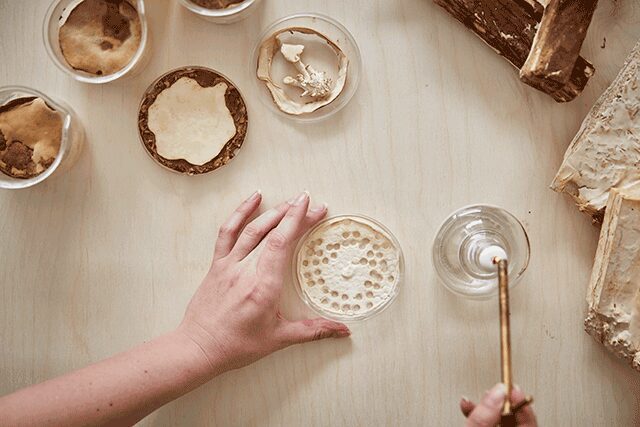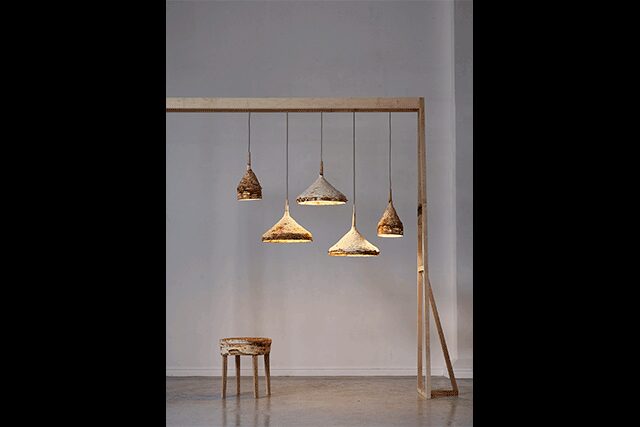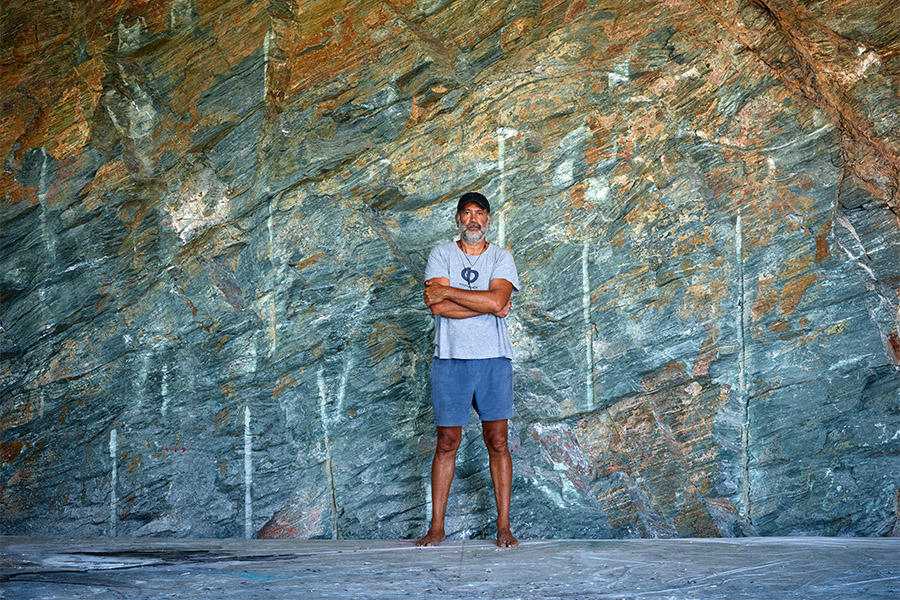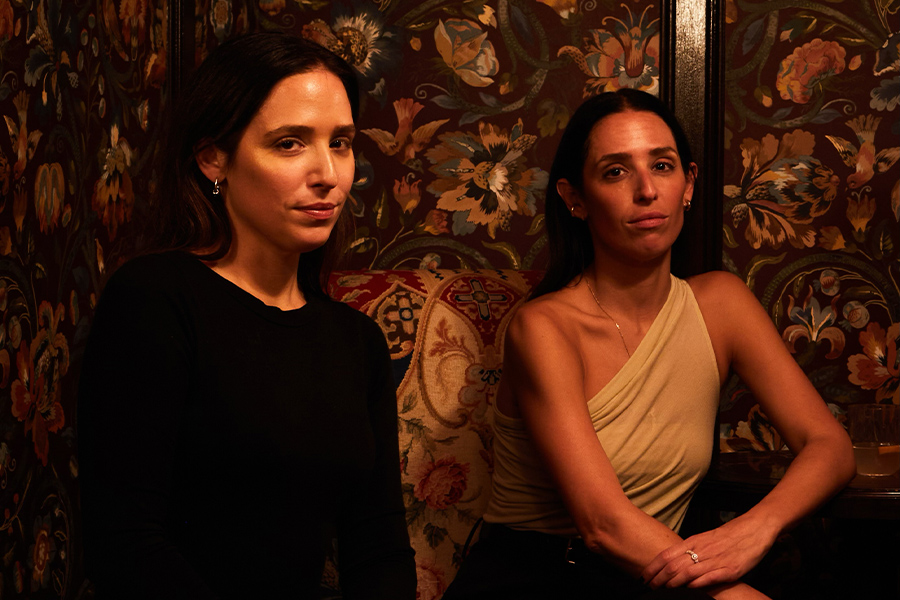Sebastian Cox and his wife, Brogan Jane Cox, run their workshop, studio, and mill in southeast London guided by the mission to mix traditional craftsmanship with a materials-first ethos. Because sustainability is an essential part of every item he makes, Cox turned to wood as his signature material. “It’s sustainable, biodegradable, and can absorb carbon dioxide out of the atmosphere as it grows,” he says.
Cox credits his parents, who ran a business restoring timber-framed houses in the English countryside, for helping him realize he “wanted to work in a way that allowed me to be connected to nature,” he says. In fact, his studio was born out of a project where he fell in love with coppiced hazel while managing his own patch of woodland in Kent. Cox then spent his time cultivating his business in a stable in Lincolnshire, where he stayed for two years before moving to London in 2012. “It was a wonderful period of time,” he says, “working frantically surrounded by the beautiful Lincolnshire Wolds.”
Recently, the studio has been experimenting with mycelium, primarily in lighting. Just as sustainable as wood, the fully biodegradable, vegetative body of fungi contains threads known as hyphae. Cox was inspired, naturally, by something in his woodland surroundings. “I saw two rods of hazel that appeared to be bound together by a fungus. The branches were fused very tightly and that made me think of the way in which we bind small pieces of wood together in the workshop,” he says. “We’re not entirely comfortable with the use of resins or concrete to bind wood together, and this seemed like a wonderful, natural alternative.” That said, the fungus offers its own obstacles, as it cannot be manipulated into the exact forms a designer might want. But Cox enjoys the challenge.
“It is our duty to take responsibility for the things we propose to people to add into the world,” he says. “We are in a state of mass extinction and focusing on biodiversity is the most effective way of changing this.”




